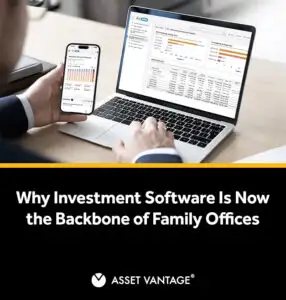Read Time3 Mins
Concentration analysis is a useful tool in economics and business for measuring the level of market power and competition in each industry. It involves measuring the degree of market concentration by calculating the market share of the largest firms in an industry, as well as calculating various concentration ratios and indices.
One Commonly used concentration ratio is the four-firm concentration ratio, which measures the combined market share of the four largest firms in an industry. Another commonly used measure is the Herfindahl-Hirschman Index (HHI), which takes into account the market share of all firms in an industry and assigns a higher weight to larger firms.
Concentration analysis can provide insights into the level of competition in an industry and the potential for anti-competitive behaviour, such as collusion or price-fixing. Elevated levels of concentration may indicate a lack of competition, which can result in higher prices and reduced consumer welfare.
However, concentration analysis is not a perfect indicator of market power and competition. It does not take into account other factors that may affect competition, such as barriers to entry, the presence of substitute products, or technological innovation. Additionally, elevated levels of concentration may not always lead to anti-competitive behaviour or harm to consumers.
Here are 10 points that further explain the topic:
1.Concentration analysis is used to identify areas of the business that are heavily concentrated or dispersed in terms of revenue, market share, or other key metrics.
2.It can be performed on a variety of financial data, including revenue, profitability, market share, and customer or product data.
3.Analysis is often used to identify revenue or customer concentration risks, such as a high level of revenue derived from a single customer or product line.
4.Concentration analysis can help businesses identify new growth opportunities by highlighting underperforming areas or markets.
5.By analysing concentration data, businesses can make informed decisions about resource allocation and investment decisions.
6.The analysis is often used in conjunction with other financial analysis tools, such as trend analysis, ratio analysis, and industry benchmarking.
7.Concentration analysis can be performed at different levels of detail, such as by product line, customer segment, or geographic region.
8.Analysis can help businesses identify potential operational or supply chain risks, such as a high level of reliance on a single supplier.
9.Concentration analysis can be used to compare a company’s financial data against industry benchmarks, allowing businesses to assess their performance relative to their peers.
10.The analysis can provide valuable insights into a company’s financial health and potential vulnerabilities, helping businesses to make more informed decisions.
In conclusion, concentration analysis is a financial analysis tool that helps businesses identify areas of concentration or dispersion in their financial data management Software. The analysis provides valuable insights into a company’s financial health and potential risks, allowing businesses to make more informed decisions about resource allocation, investment decisions, and risk management.







